Keynote speech by Liew Mun Leong
Chairman, Changi Airport Group and Surbana Jurong Group
At The Complex Systems Design and Management Asia 2018
6th Dec 2018 at NUS University Town
While some air travellers may still appreciate the sophistication of aerospace technology while flying, few can visualise that an airport is just as, if not more complex, in its system design. An airport is indeed, in my opinion, one of the most complex public infrastructures to build and operate. It has to cater for basic functional efficiency and safety in the handling of aircraft, passengers and baggage; and of late, meet passenger demand for shopping, dining and entertainment so that they can pass time comfortably while waiting for aircraft boarding. It is a difficult piece of what we would call “mixed developments” (i.e. residential homes, hotels, service apartments, offices, shopping malls integrated in a development) in real estate jargon.
The Aviation Industry Landscape
The global aviation industry is now booming. International Air Transport Association (IATA) has forecasted that global air travel will increase from 4.3 billion annually in 2017 to a whopping 8.2 billion over the next two decades. The exponential growth in air travel – both for business and leisure – can be attributed to the swelling middle-income group with growing wealth in countries like China, India and ASEAN, globalisation and its demand for connectivity, entry of affordable low-cost carriers, and improved aviation technologies which have enabled ultra-long-range air routes and more fuel efficient aircraft that has lowered the costs of flying.
Global Shortage of Airports
With the rapid increase in air transport demand, the industry will obviously need more planes, pilots, crew and other parts of the aviation supply chain, but fundamentally it will need more airports. This basic transport infrastructure is understandably missing in infrastructure planners’ minds, especially in developing countries as they focus more on urgent domestic needs such as roads, bridges, rails and housings, etc. There is now a shortage of airport infrastructure worldwide to meet the global aviation growth. IATA estimates that out of the 55 mega aviation cities, 47 – mainly in Asia – are constrained by runway and terminal capacity limits. For the top 100 airports in Asia, 52% need more terminal capacity and 69% will be short of runway capacity by 2030.
Asia’s shortage of airports is more critical in view of it being the region with the fastest economic growth. While US with a population of 326 million has 919 airports, China, with 1.3 billion people, is only served by 229 airports or 25% of that of the US. It is reported that China is rushing to build 10 airports every year now. Similarly, ASEAN, with a population of 639 million people only has 370 airports, or twice the population of US but with only a third of its airports. It is clear that Asia has to build and operate more airports to be more efficiently connected to the world to keep up with its fast economic growth
Airports as Complex System of Systems
Because an airport is a very demanding public infrastructure, it usually takes a long time – typically six to ten years — to plan, design and to get it commissioned for operations. The complexity of a modern airport includes meeting “predictable demands” such as efficiency in handling passengers and baggage, ensuring safety and security, serving F&B and shopping needs, and providing comfort and entertainment for waiting passengers passing time in the airport.
The system also has to deal with unpredictable demands such as managing entropy (i.e. lack of order or predictability) within the system (e.g. delays from upstream airports), as well as handling major disruptions arising from the external environment (e.g. volcanic ash in Iceland and Bali). An airport is hence a complex system of systems. It has complex interdependencies between aspects of airport operations, e.g. ground transport, air traffic control, terminal and airside operations, and cargo operations. One failure will automatically trigger adverse consequence in others.
Within each system, there are also multiple components that operate in an independent and yet interdependent manner. For example, efficient passenger processing within a terminal requires check-in, immigration, security, flight information and baggage handling systems to work in an integrated manner. Above all, an airport will require multiple stakeholders to work hand in hand together as an integrated system. These include government agencies such as the immigration authorities and customs, operational entities such as airlines, ground handling companies and security providers, as well as commercial players running retail concessions.
Let’s use Changi Airport as an example to explore system complexity in designing and operating airports. I will discuss a few common airport features to illustrate their complexities.
Complexity in Airport Planning and Development
There are four key considerations when planning for terminal capacity. They are: terminal handling capacity, minimum connecting time, technology in process designs, and last but not least, retail and entertainment for passengers to pass time while waiting in the terminal.
Terminal Handling Capacity
Passenger terminals serve as a node for the dynamic processing of passengers, baggage, aircraft, vehicles, visitors and staff going through the various touch points and inter-dependent sub-systems. A bottleneck at any touch point will affect the entire system throughout due to a domino effect.
For instance, a bottleneck at departure immigration due to insufficient number of counters will result in passengers not being able to board their planes on time and delay aircraft departures. Consequently, aircraft are held up at the boarding gates for longer than the scheduled time. This results in reduction of gates/parking stands for inbound aircraft which creates delays in arrival flow. Aircraft will have to circulate in the air for longer periods or park at remote gates which require busing of passengers to the terminal. Baggage claims will be delayed as arrival flights are now bunched together resulting in insufficient belt capacity.
Planning for Peak Hour Demand
Although airport capacity is generally measured in terms of millions of passengers per annum (mppa), what is more critical for operational efficacy is to evaluate the number of passengers that an airport can process at peak hours demand. This varies according to different peak hours for different airlines that are flying to different geographical locations. For peak hour capacity planning, IATA has recommended a guideline known as the “Level of Service of Framework (LOS)”. For example, in check-in halls, IATA’s optimum LOS is 2.0 to 2.3 square metres per passenger. In Changi Airport, we planned for 4.0 square metres per passenger in parts of the check-in hall with high trolley circulation, which provides for greater system resilience to handle entropy and exogenous shocks or disruptions
Minimum Connecting Time (MCT)
MCT is defined as the minimum time required for a passenger to connect between an arrival flight and a departure flight. Achieving a short MCT is crucial for a hub airport as shorter connecting times makes the airport more attractive for transfer passengers and airlines. In Changi, MCT within and between Terminals 1,2 and 3 is set at 60 minutes with transfers to and from T4 requiring an MCT of 90 minutes. MCT is affected by two key operational flows that work in tandem: passenger movement and baggage conveyance. Passenger movement times are affected by four factors, namely, efficiency of air traffic control for on-time arrivals, ease of wayfinding, speed of people mover systems (connecting walkways or Skytrains) and finally, efficiency of security checks.
Baggage Handling System
Baggage handling is probably one of the most common airport facilities which can positively or negatively affect passengers’ experience. Airports must get it right. Baggage conveyance is affected by three factors: efficiency of air traffic control for on-time arrivals, efficiency of ground handlers in off-loading and transport of baggage, and finally but crucially, the Baggage Handling System (BHS) performance. The BHS is itself a highly complex engineering sub-system. For transfer passengers, it comprises baggage induction at the integrated transfer lines, hold baggage security screening, as well as conveyance to the early baggage storage system for bags whose next departure times are more than 3 hours away. The BHS engineering design must be efficient, reliable and precise.
Technology in Process Designs
Technology is a key factor in delivering the required capacity for airports with increasingly complex operational requirements. This is particularly important as we face severe manpower constraints for ground handling agents and government agencies like the Immigration and Checkpoints Authority (ICA) to handle the fast growth in passenger traffic.
Changi Airport has invested extensively in passenger processing technologies, the latest example being the Fast and Seamless Travel (FAST) programme in T4. This is the world’s first integrated end-to-end biometric self-service flow for passengers across four passengers processing touch points: self-service check-in kiosks, self-service baggage drop, automated immigration gates and automated boarding gates. All four automated touch points are unmanned and use facial recognition technology. FAST has significantly improved the performance of T4 in processing departing passengers. Check-in throughput has increased by 30%, leading to less waiting, queuing and clearance times. Manpower productivity has improved, with airlines and ground handling agents saving 20% manpower. Advanced facial recognition technology has enhanced reliability of security checks as risks of human error are reduced.
Retail and Entertainment — One of Changi Airport’s Winning Experiences!
An airport is now no longer just an air transport infrastructure. Besides efficient processing of aircraft and passenger movements, the modern airport has to enhance passenger experience at the airport terminal. At Changi, there is a wide array of options for shopping, dining and entertainment, including beauty care, gyms, a swimming pool, and even a butterfly garden to cater to passengers with long transfer times. In fact, at Changi, as much as 43% of our revenue is derived from our retail operations. As such, planning for such non-aeronautical commercial facilities need to be given equal importance in the design of the terminal space. To keep up with the interests of our passengers-shoppers, the retail offerings need to be regularly rejuvenated to maintain and enhance their shopping experience. We have more than 60 million passengers-shoppers a year, and it makes a lot of commercial sense to drive greater sales conversion when they are captive within the terminal.
Complexity in Airport Operations – Collaborative Decision Making in Airport Operations
In a complex airport system, managing entropies such as a fire break-out, which can generate chaos, disorder and inefficiencies within and across the various sub-systems, is crucial. One global incident is the 2010 volcanic eruption of Eyjafjallajokull in Iceland, which resulted in massive flight cancellations from Singapore to Europe, stranding passengers at Changi Airport. Yet another alarming case was the recent flooding of Kansai International Airport in Osaka due to typhoons, which totally paralysed the whole airport, overwhelming even the Japanese who are normally very familiar with and well-prepared to handle major natural disasters.
Airport operations have to be planned to handle system entropies to avoid severe disruptions, no matter how unexpected they may be. This requires decision making support tools that can analyse dynamic traffic conditions in real-time and facilitate coordination of various activities across multiple stakeholders to respond in a swift and integrated manner. Changi Airport has implemented an Airport Collaborative Decision Making system, which is a common platform to share information amongst all airport agencies, so that they can make best use of their resources based on timely updates on statuses for each flight. This will enable operators to predict the downstream timings of an aircraft the moment it arrives at Changi, the most important of which is the estimated time when it is ready for its next departure. Because of improved predictability in flight times, airport resources such as runways and parking stands can be used more optimally.
High Service Levels
Having the best physical infrastructure and technology is insufficient for Changi Airport to win and maintain itself as a successful air hub. We have to focus on having the necessary software — system and processes — in place to deliver a world class experience to all airport users. Ensuring a good experience for passengers that is personalised, stress-free and positively surprising is the winning point of Changi Airport’s DNA. This requires Changi Airport to have the discipline to establish and enforce the standards of efficiency and service quality across all touch points all the time. This includes pleasant encounters at immigration, customs, tax reclaim, baggage claim, trolley collection, information counters, retail outlets, entertainment facilities, and even within our toilets. There is a long list of incidents which can make passengers very happy or unhappy. We have to constantly measure performance outcomes and to take follow-up actions to remedy any shortcomings, and at the same time provide comprehensive training to all staff including our airport partners.
Conclusion
An airport is a highly complex system where it has to manage both predictable demands expected from its role as an air transport infrastructure, as well as to handle unpredictable demands arising from entropies and disruptions. Expectations of performance and competition for an international air hub is increasingly high.
For Singapore, our airport — and only one — is an important economy strategy. It has multiple economical effects of connecting the city to the world and vice versa. In addition, the airport is like the face of the country, being the first and last point of contact for visitors, and giving either good or bad first and last impressions of the country. Therefore, having the right systems design, technology, processes, and most crucially, people would be critical to ensure our continued success in this highly complex and competitive aviation industry.
I am proud to say that Changi Airport has been able to deliver good passenger satisfaction consistently since our opening in 1981. This is demonstrated by winning more than 580 Best Airport Awards by various ranking agencies, though I keep repeating to our colleagues that winning many best airport awards is the outcome and not to be mistaken as our obsessive goal. I did a mental calculation recently that with the airport processing an average of 160,000 passengers a day, just 1% dissatisfaction rate would mean complaints from 1,600 upset passengers. Even at 0.5% dissatisfaction rate we would have displeased 800 passengers a day. Imagine 800 passengers writing emails, texting messages and making phone calls to us! However, it is reported to me that we have been able to keep the number of negative daily feedback to less than 100 a day, meaning a dissatisfaction rate of less than 0.1%. But of course, we do not know how many may have kept silent about their unhappiness and not bothered to complain to us at all! The important point is to learn from these feedback or complaints that we have received and continuously improve our operations to meet users’ expectations. Never just be defensive.
Presently, Changi Airport possesses strong foundational infrastructures that have been put in place, and we continue to undertake progressive improvements and expansions. With our good track record and excellent operational performance, barring unforeseen world events that may have catastrophic effects on global travel, Changi Airport is, in my opinion, well poised to continue to excel as a good international air hub.



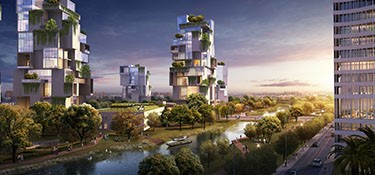
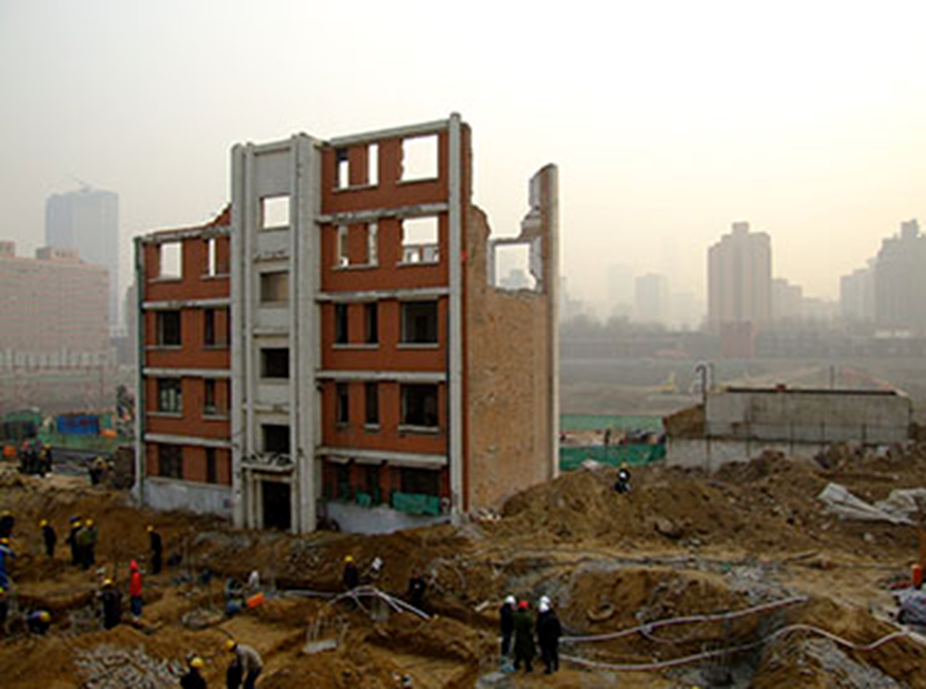
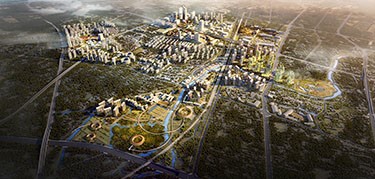

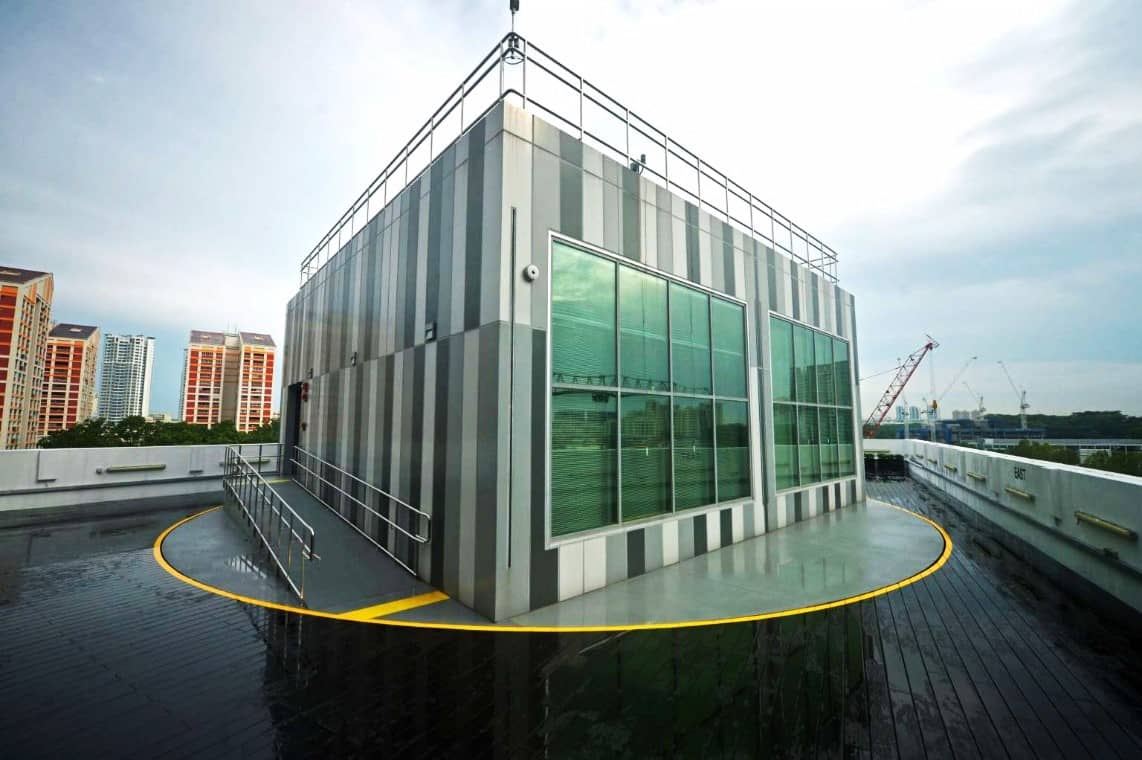
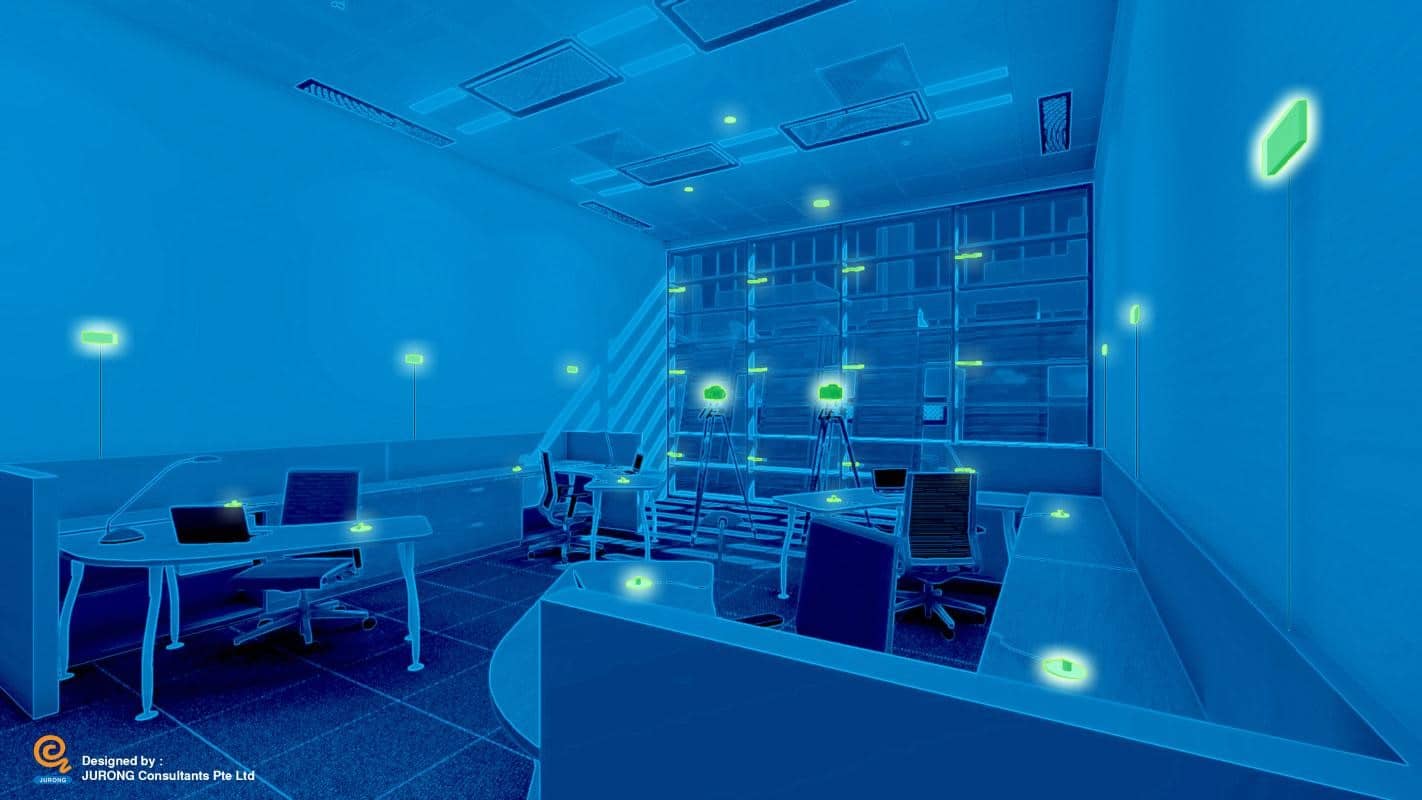
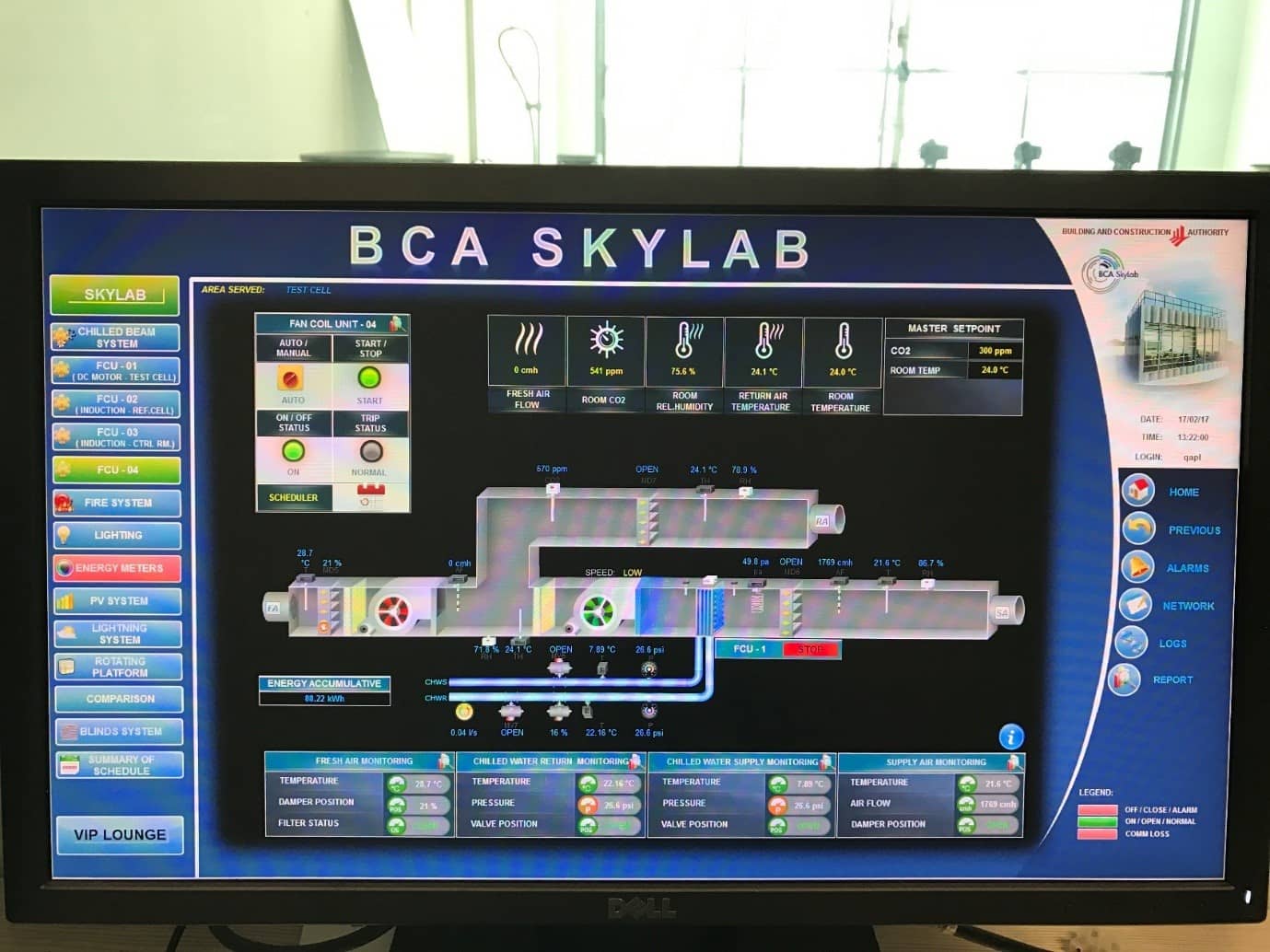
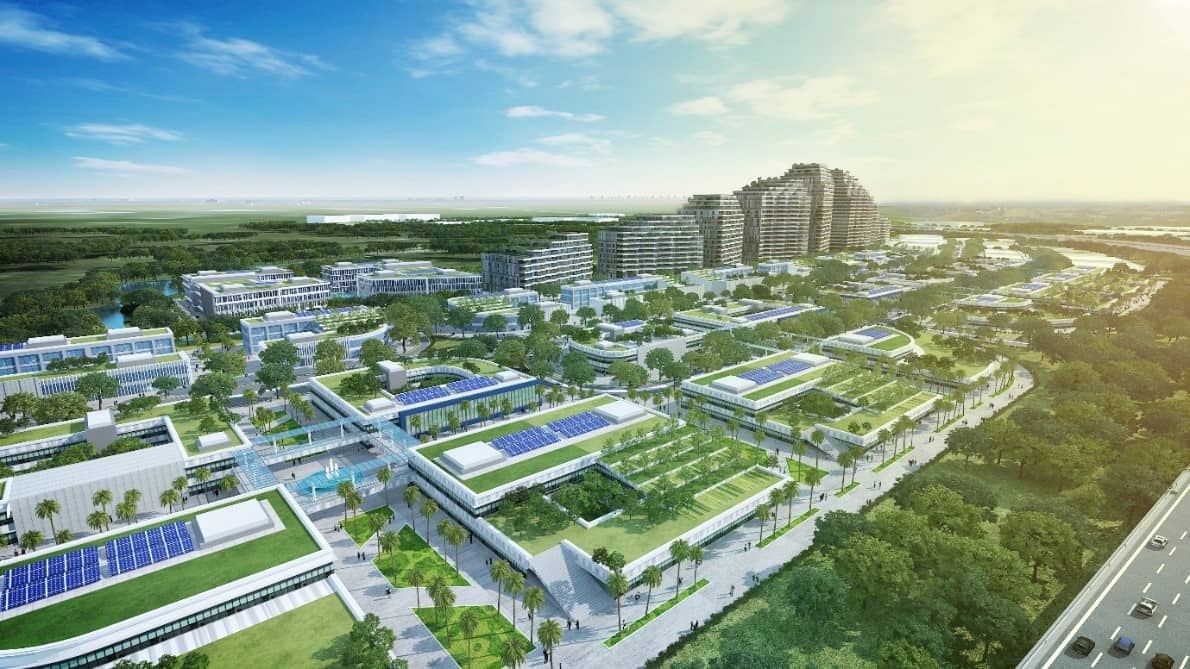
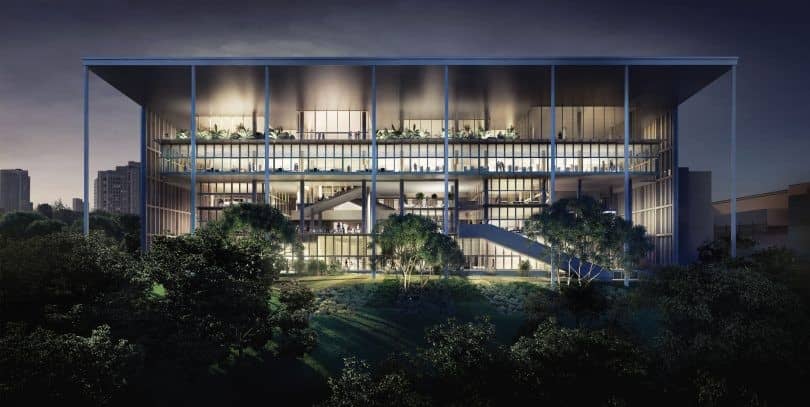 新加坡国立大学4号教学楼效果图
新加坡国立大学4号教学楼效果图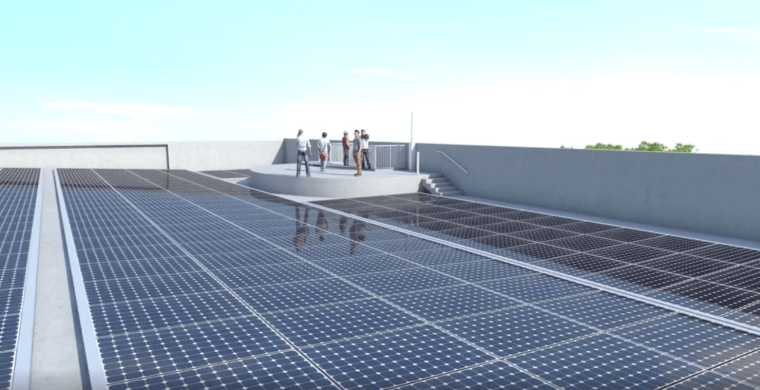 屋顶太阳能板效果图
屋顶太阳能板效果图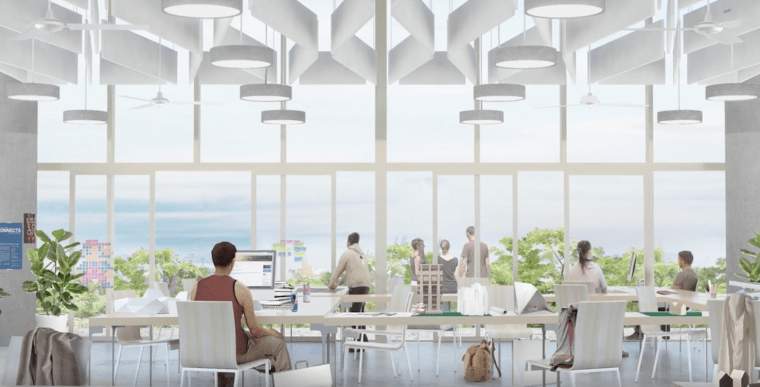 混合送风模式的教室
混合送风模式的教室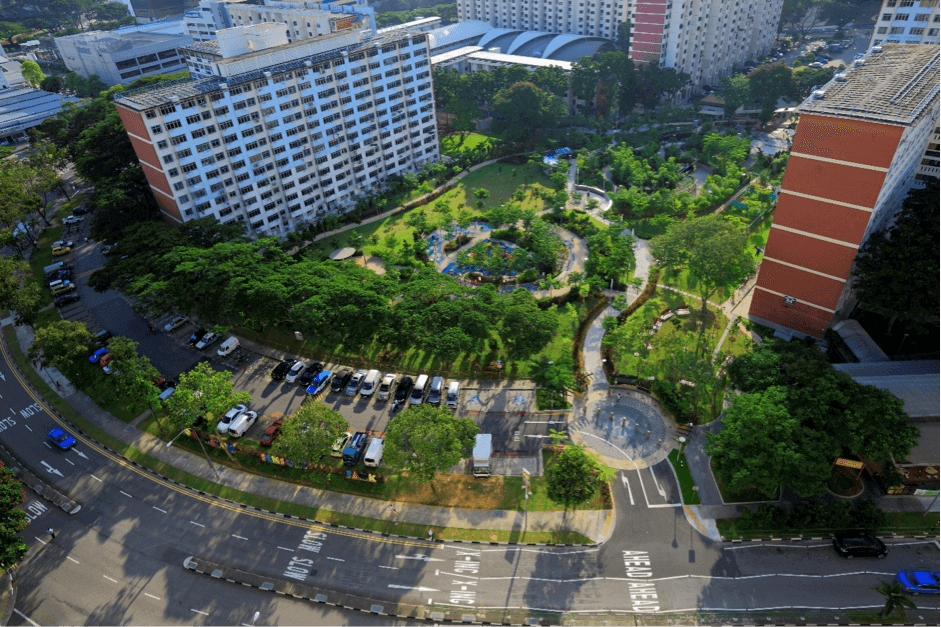
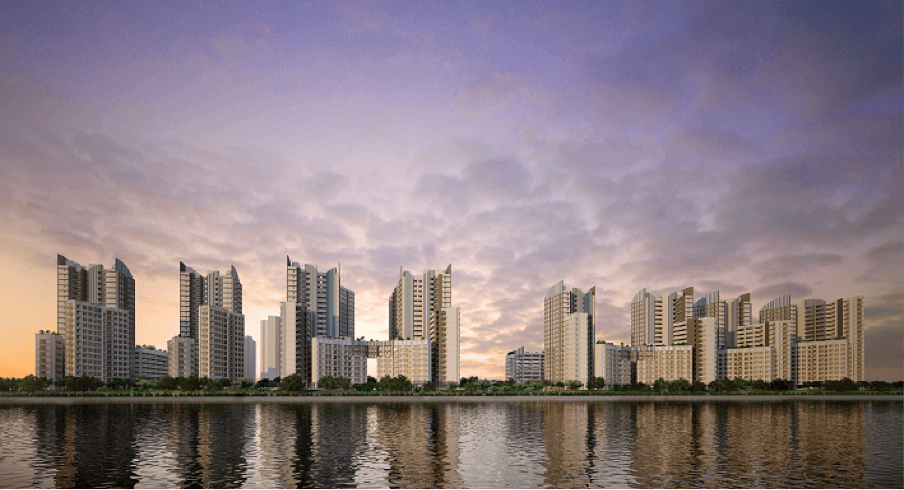
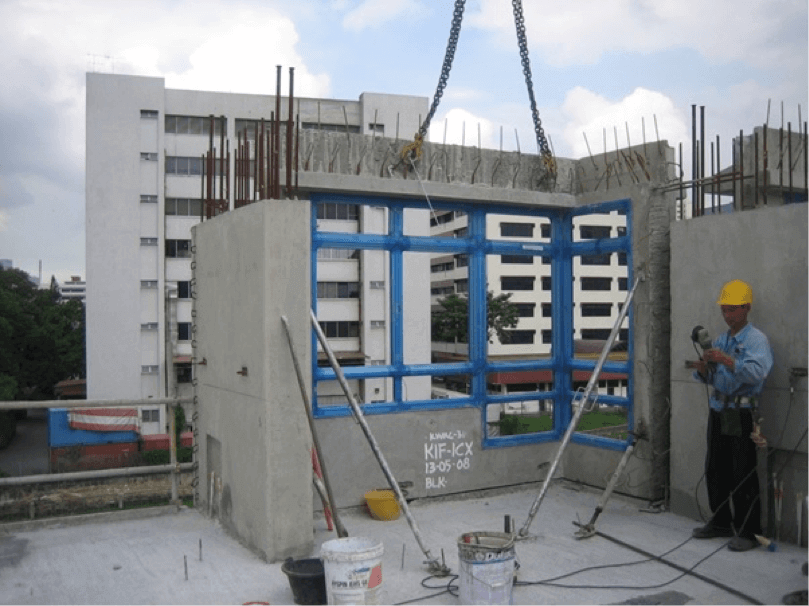

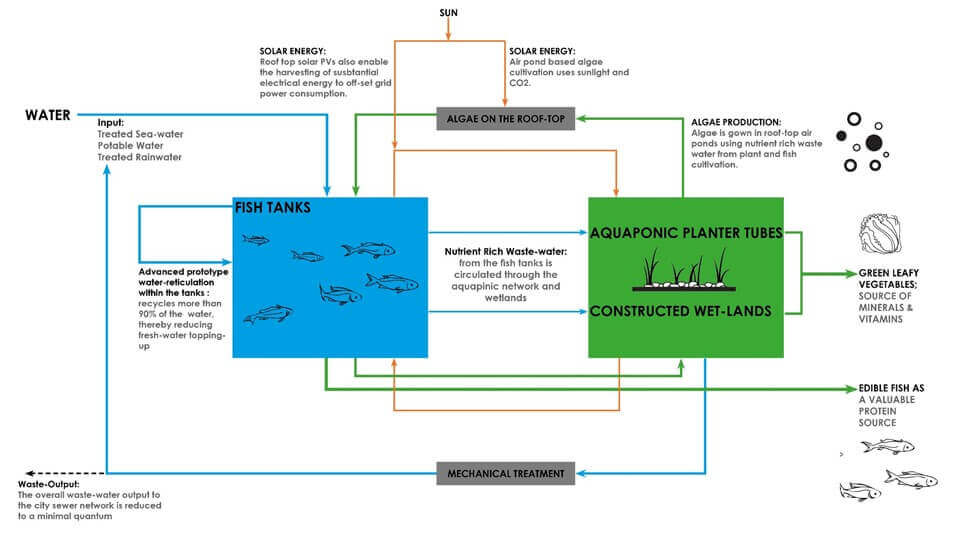
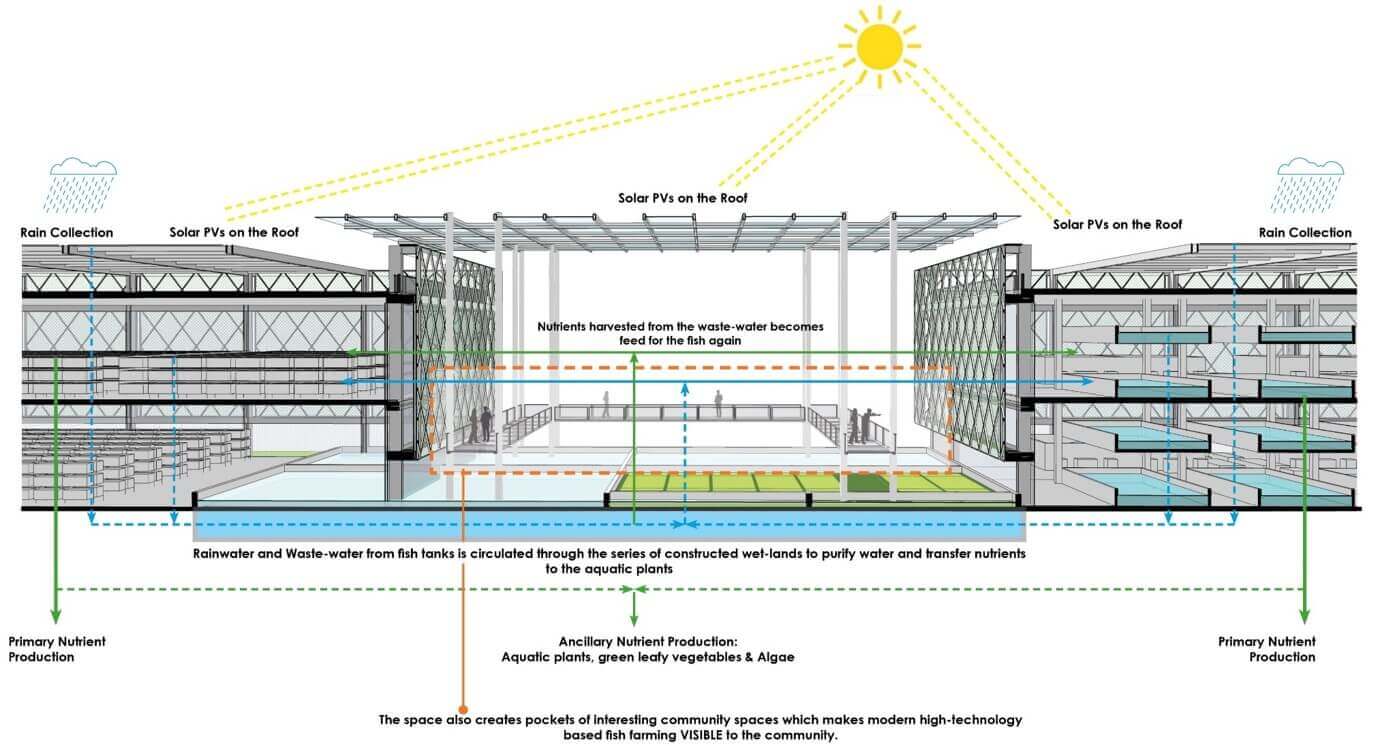
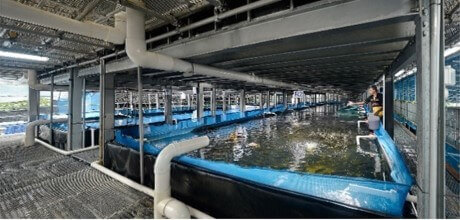
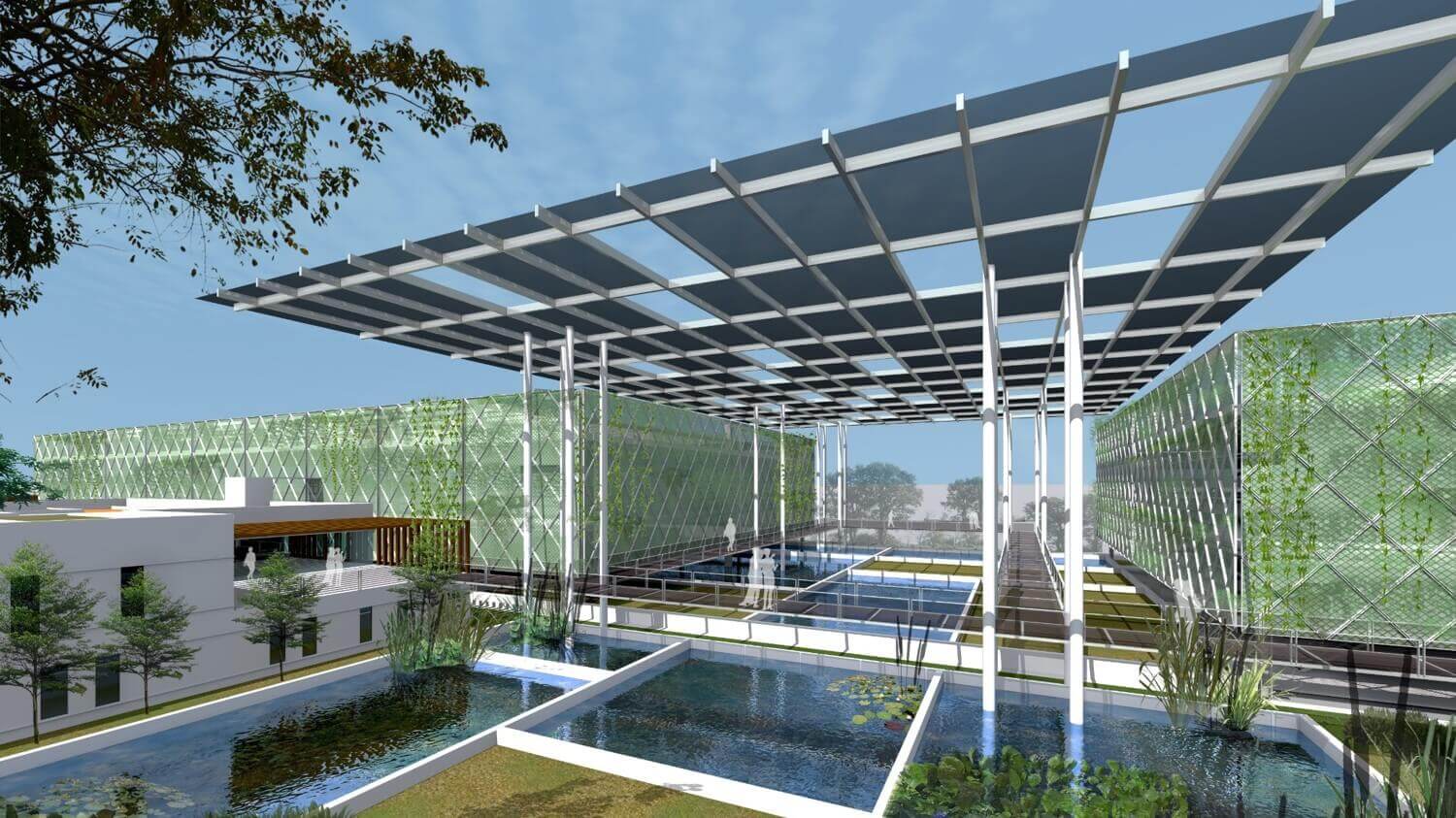
连接